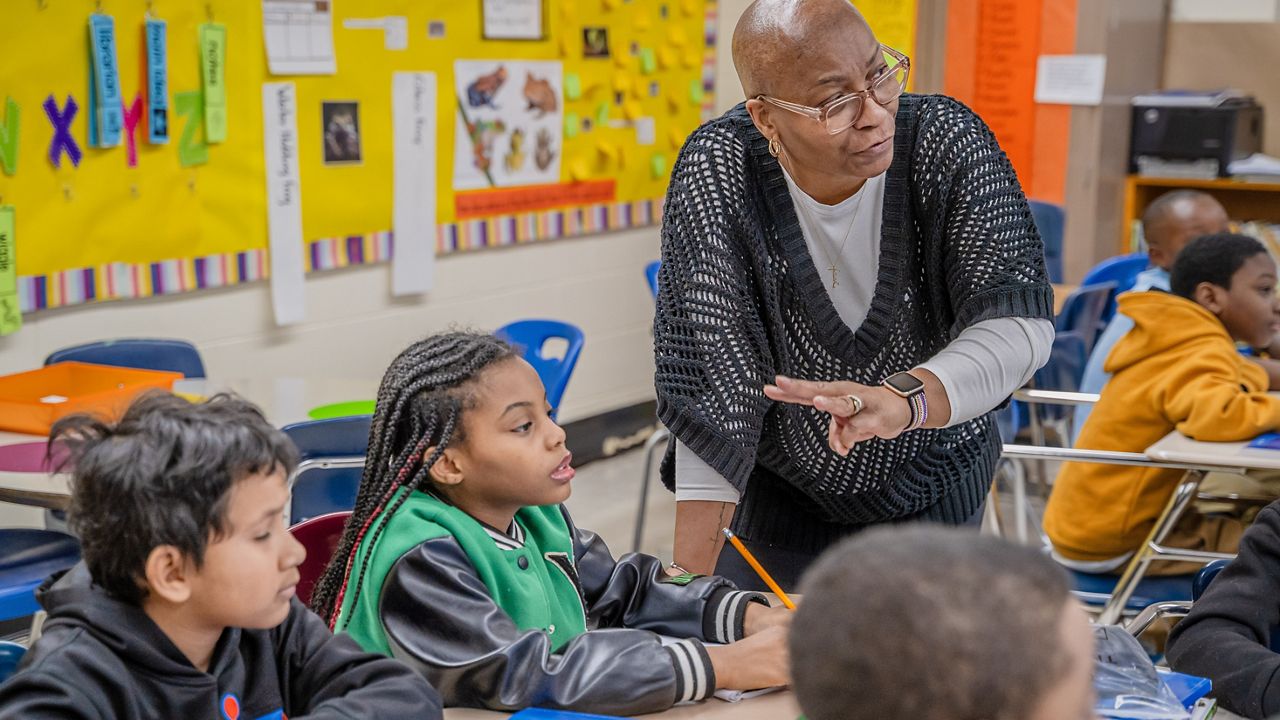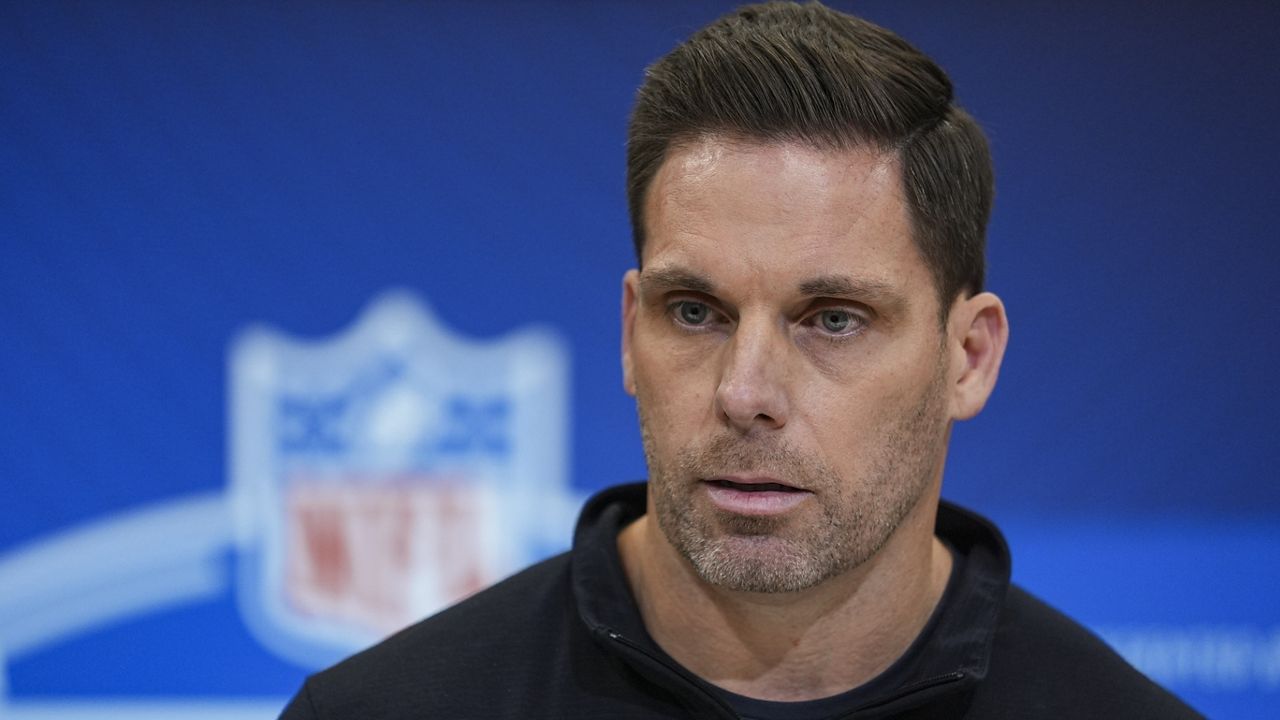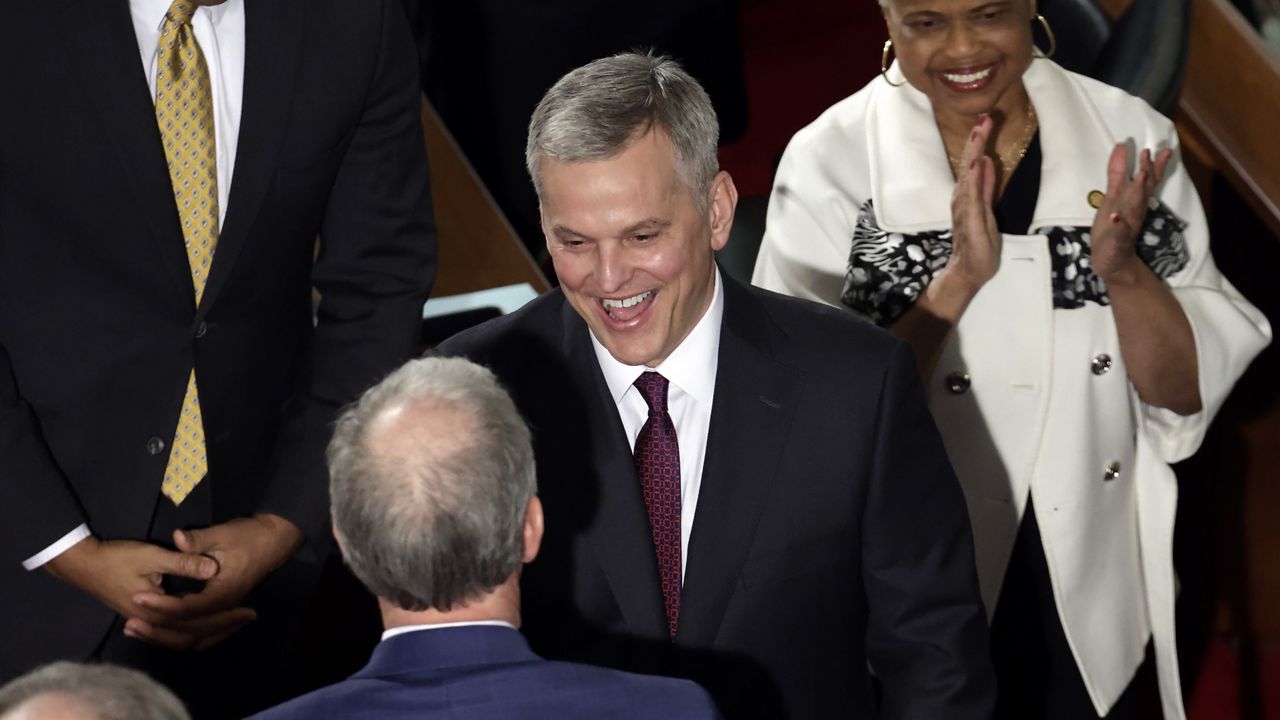RALEIGH, N.C.— As tensions grow along the border between Russia and Ukraine, a Duke University expert offers insight into how the conflict developed at the end of the Cold War.
Bruce Jentleson, professor of public policy and political science at Duke, says the tensions date back about 30 years, when Ukraine gained independence from the Soviet Union. As the 1990s went on, NATO began expanding into other countries in Eastern Europe.
“There are different views among historians about who said what to whom and what was pledged, but in 2014 the Russians, particularly Putin, had always been uncomfortable with Ukraine possibly going west,” Jentleson explained.“There are different views among historians about who said what to whom and what was pledged, but in 2014 the Russians, particularly Putin, had always been uncomfortable with Ukraine possibly going west,” Jentleson explained.
Ukraine has considered becoming a member of NATO; however, the alliance has yet to offer an invitation, citing corruption among Ukrainian officials, shortcomings in defense and a lack of control over its international borders.
“Russia intervened in Ukraine in 2014,” Jentleson said. “They seized Crimea and made it, again, part of Russia and started the war that’s been going on there for almost eight years.”
The U.S. comes into the picture because it had an “open door policy” for NATO, Jentleson said. Article 10 of the alliance’s founding document states that the alliance can include any “European state in a position to further the principles of this Treaty and to contribute to the security of the North Atlantic area.”
“Russia has concerns about having a country right on its border becoming a member of an alliance with the United States,” Jentleson said.
“Ukraine had had democratic elections since 2014, I’ll say not exactly great elections,” Jentleson said. “But nevertheless, the Russians tried to block the guy who was more pro-Western from coming in. He came in. There were lots of protests and that led to the Russian invasion in 2014.”
However, while Jentleson says tensions have simmered over the years, it’s only in the last two months that they’ve reached the levels they are today.
Currently, Russia has 100,000 troops stationed near its border with Ukraine.
In response, the U.S. has sent additional troops to Europe, including 2,000 soldiers from Fort Bragg, North Carolina, to support its allies amid fears of a Russian invasion in Ukraine.










